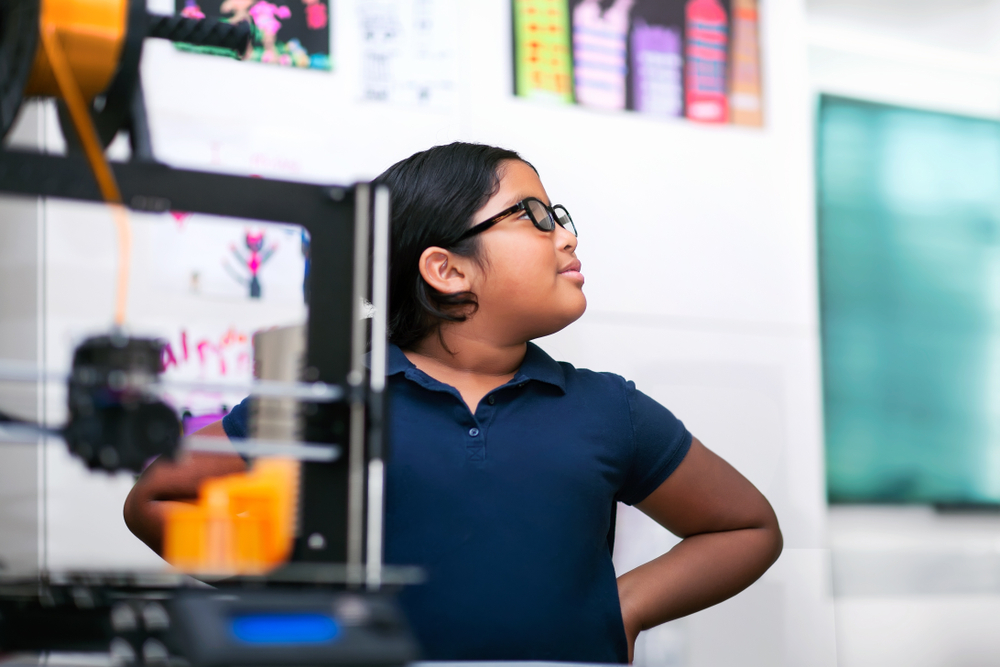Sensory integration (SI), also referred to as Ayres Sensory Integration (ASI), is a framework conceptualized by Dr. A. Jean Ayers, Ph.D. in the 1970s, who “was guided by the principle that ‘intersensory integration is foundational to function,’” while dysfunction in sensory integration leads to difficulties in development, learning, and emotional regulation. According to Sensory Integration Education, which is a not-for-profit organization and an “innovative global leader for sensory integration initiatives and collaborations across health, social care, education, business and third sectors,” sensory information is received from our senses, which include:
- Sight (vision)
- Hearing (auditory system)
- Touch (tactile system)
- Taste (gustatory system)
- Smell (olfactory system)
- Proprioception (senses of body awareness and position)
- Vestibular (awareness of movement, balance, and coordination)
- Interoception (a lesser-known sensory system that helps us understand and feel what is going on inside our body)
Sensory integration difficulties can occur on their own or may co-occur with other diagnoses. For example, approximately 15% of children diagnosed with attention-deficit hyperactivity disorder (ADHD) struggle with sensory processing difficulties. It is most common in children diagnosed with autism spectrum disorder (ASD), as research suggests that anywhere between 90% and 95% of autistic children experience difficulties with sensory integration.
Sensory Integration Therapy
Sensory integration therapy (SIT) is a clinically based therapeutic approach that aims to help children improve their processing and integration of sensory inputs to gain appropriate adaptive response to everyday stimuli. It is primarily facilitated by occupational therapists, who rely on play-based sensory and motor activities to encourage analysis and integration. Healthline explains that occupational therapists use various therapeutic tools in a clinical setting, with the goal of:
- Stimulating the senses through sensory input.
- Challenging fine and gross motor planning.
- Encouraging movement of the body.
- Developing new adaptive behaviors and responses.
Sensory integration therapy is associated with improved self-regulatory behaviors in school-aged children, along with decreased aggression. Children that engage in sensory integration therapy may benefit from improved hand-eye coordination and motor planning skills; improved language acquisition; improved posture, gait, and balance; improved physical and cognitive function; improved learning capacity; increased socialization, attentiveness, and confidence.
Further Information and Support
For most of us, life can be very stressful, leading us to feel emotionally charged, which can cause anxiety, panic attacks, depression, and getting stuck in a cycle of being burdened with negative thoughts. Navigating through the challenges and emotional turmoil of life can be overwhelming, but you do not have to go through it alone. Engage Treatment is a Joint Commission Accredited professional psychological practice. We specialize in treating children, teens, and young adults struggling with depression and anxiety through community-focused treatment plans that incorporate a carefully selected combination of therapeutic interventions. Our compassionate, multidisciplinary practitioners are devoted to providing the highest quality of care that helps ignite positive change and enables clients to reach optimal health and well-being. Please do not hesitate to reach out for guidance. We are happy to answer questions and provide you with any additional information. Feel free to call us at 805-497-0605 or email us at [email protected]. You are also welcomed to get in touch by filling out our contact form. We look forward to connecting and having the opportunity to discuss how we might best be able to support you.

